Sunday Train: Adventures on the Beijing Subway
Must-read blogs
- Casinos Not On Gamstop
- Casino Con Bonus Di Benvenuto
- UK Online Casinos Not On Gamstop
- Migliori Bookmakers Non Aams
- Gambling Sites Not On Gamstop
- Non Gamstop Casinos UK
- Non Gamstop Casino UK
- Slots Not On Gamstop
- Best Non Gamstop Casinos
- Sites Not On Gamstop
- Non Gamstop Casino
- Sites Not On Gamstop
- Slots Not On Gamstop
- UK Casino Not On Gamstop
- Casino Non Aams
- Best UK Online Casino Sites
- Sites Not On Gamstop
- Casino En Ligne Fiable
- Non Gamstop Casino UK
- Non Gamstop Casino
- Non Gamstop Casinos
- Non Gamstop Casino
- Migliori Casino Online Italiani
- Best Betting Sites Not On Gamstop
- Meilleur Casino Crypto
- Sites De Paris Sportifs Belgique
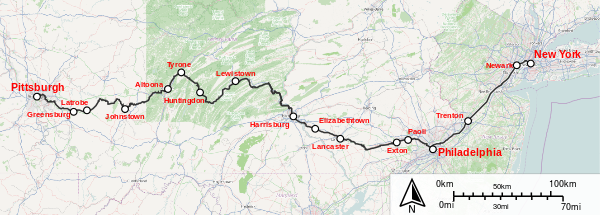
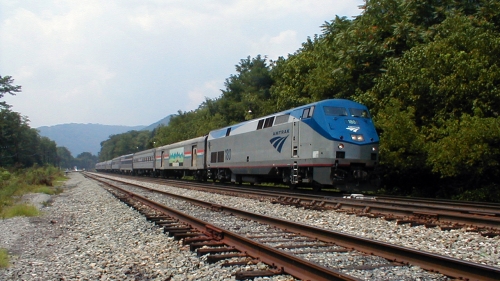 This last week, there was the surprising start to a headline in the Washington Post that began, "GOP House and White House agree on something" ... and that something was:
This last week, there was the surprising start to a headline in the Washington Post that began, "GOP House and White House agree on something" ... and that something was: 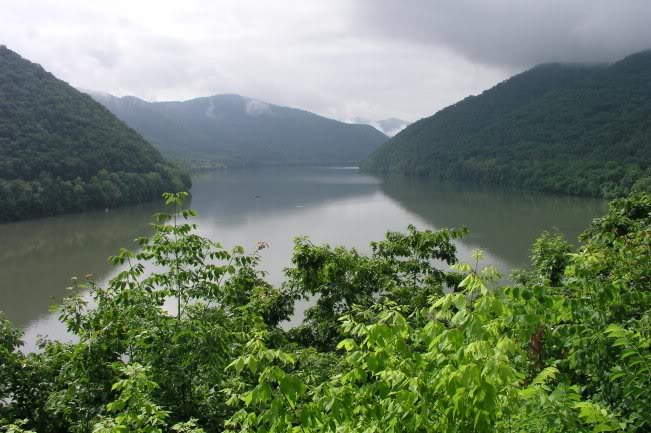 The flashy rail projects are the very HSR projects to build bullet trains serving urban areas with millions of people.
The flashy rail projects are the very HSR projects to build bullet trains serving urban areas with millions of people.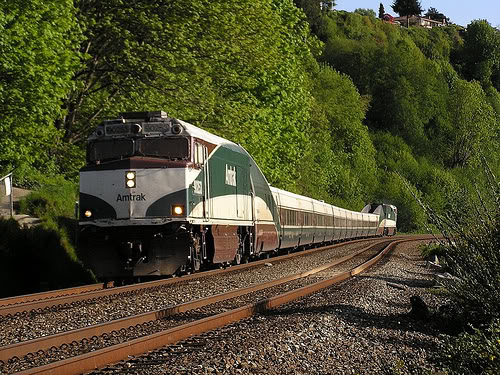 At the beginning of last month, Paul Druce of "Reason & Rail" discussed the possible impact of the pending upgrade of the Amtrak Acela route in
At the beginning of last month, Paul Druce of "Reason & Rail" discussed the possible impact of the pending upgrade of the Amtrak Acela route in 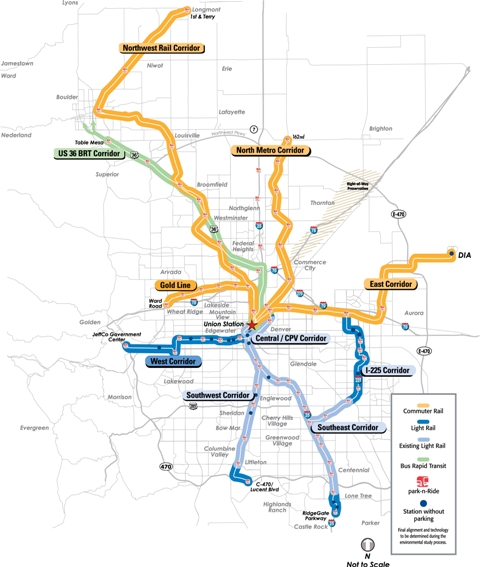 In covering the upcoming vote on the planned
In covering the upcoming vote on the planned 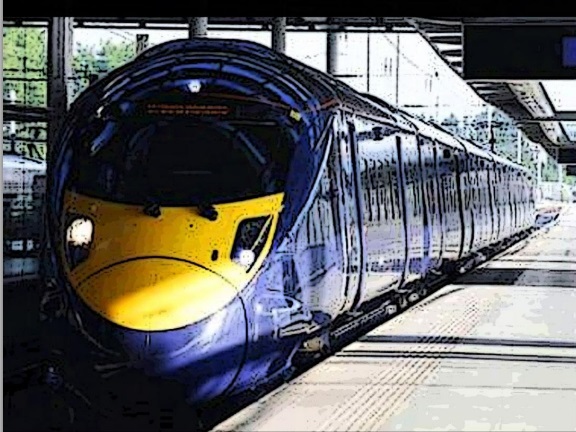 Last week,
Last week, 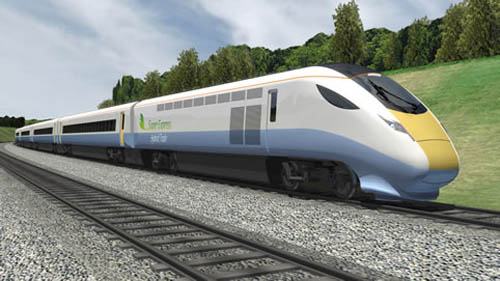 I saw on the
I saw on the 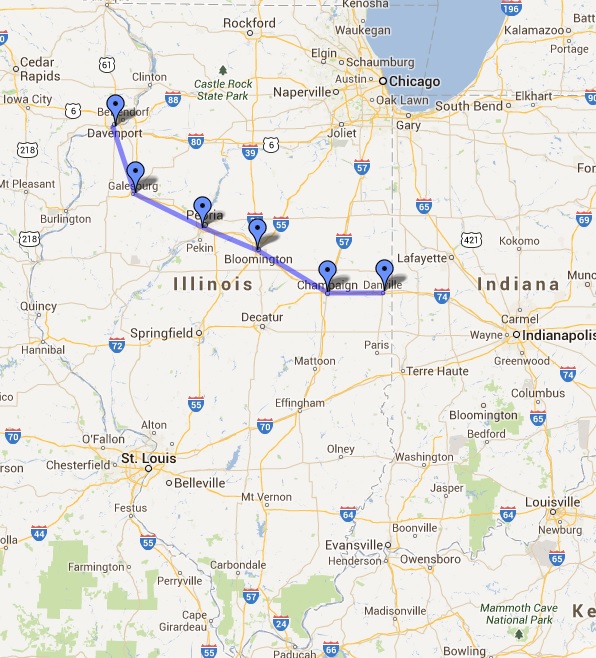 While browsing the
While browsing the